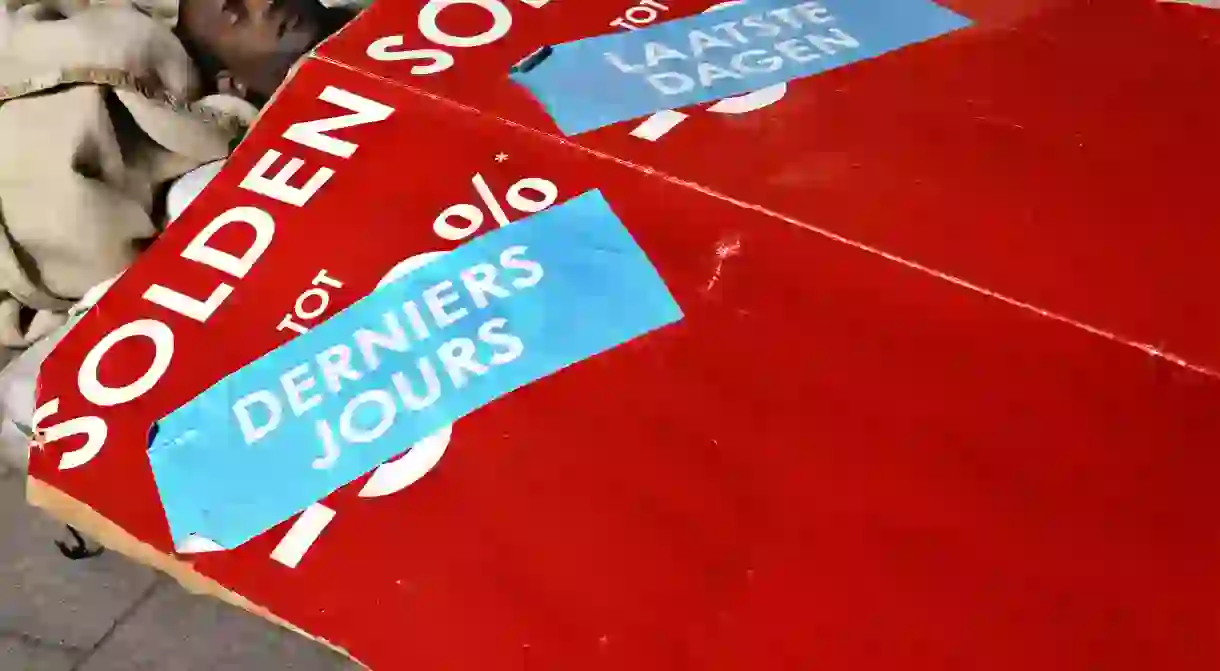Discover Andres Serrano's Denizens In Downtown Brussels

‘A person, animal or plant that lives in or often is found in a particular place or region.’ The term American artist Andres Serrano has chosen to christen his brand new project, Denizens of Brussels, certainly fits the bill. Large-scale portraits of the city’s homeless have been scattered throughout its streets as the visual thinker confronts passers-by with the most unfortunate and displaced among us.
Following in the footsteps of his original 2014 Residents of New York project, which had Manhattan’s pictured homeless eying the commuters of Line 4 St. in subway halls and stations, Serrano has captured their Belgian counterparts in much the same way — expertly lit and carefully framed. The subjects were gently guided in their first ‘foto shoot’ by him and his crew of assistants, who shot for 10 days and nights on the streets of Brussels (compensating any homeless person willing to pose for his or her efforts).



‘I don’t have a political or a social agenda as much as an aesthetic one,’ the artist insists. Serrano stands firm that his work is in no way meant as commentary on a larger political context, and he would hate for it to be construed that way. ‘The artist needs to maintain a neutral line,’ he believes. Serrano consciously designs his work to be clean and easy to read, preferring to think of it as ‘society’s mirror.’ After all, as he remarks, what one thinks when confronted with these pictures ‘says more about you [the viewer] than it does about me.’

The blown-up versions hanging on the gates of the Warande park, bus shelters and other spots in the city do indeed provoke some thought. Cities like New York and Brussels, supposed metropolises of art, progress and welfare, are also somehow home to many of the population’s most poverty stricken citizens. You don’t have to go wandering through Brussels’ streets in order to behold Serrano’s pictures. In fact, the series can be taken in with one visit to the Royal Museums of Fine Arts, where it accompanies an extensive restrospective of the artists’ difficult work. Yet, the portraits sprinkled all over the city confront us in another, slightly more uneasy way. We find ourselves face to face with the people at the very margins of our society, staring into the eyes of those whose gaze we are usually careful to avoid in subway halls or outside train stations. For this reason alone, Denizens of Brussels is worth a walk downtown.













